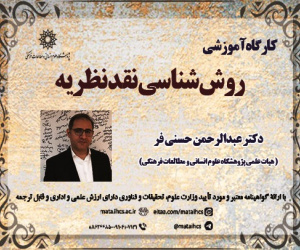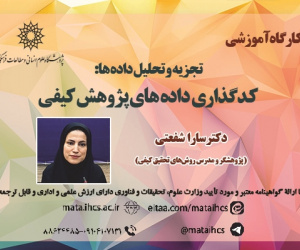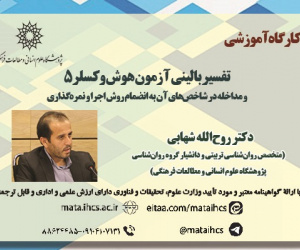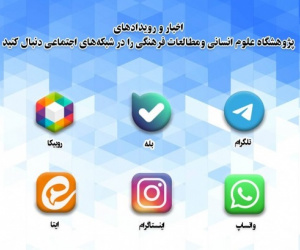بررسی حدیث معرفت و تأویلات آن از دیدگاه اسماعیلیه
آرشیو
چکیده
یکی از احادیث مورد اتفاق مذاهب کلامی، حدیث «من مات و لم یعرف امام زمانه مات میته جاهلیه» می باشد که در منابع حدیثی شیعه و اهل سنت آمده است. در این میان اسماعیلیه هم به جهت نقل مسائل مربوط به امامت ازجمله؛ ویژگی ها و اوصاف امام، شناخت امام و چگونگی تعیین و نصب او، در منابع خود، خصوصاً ذیل بحث شناخت امام، حدیث معروف «من مات» را نقل نموده اند. مفاد حدیث حاکی از جایگاه رفیع امامت است که عدم شناخت امام، مرگ جاهلی را در پی خواهد شد. اسماعیلیان بر اساس تأویل آیات و روایات، از تأویل این حدیث مهم هم مغفول نمانده اند و برای آن تأویلاتی بیان نموده اند. در این مقاله تلاش شده است با روش توصیفی-تحلیلی دیدگاه اسماعیلیه را پیرامون تأویل حدیث معرفت تبیین نماید و در آخر این نتایج به دست آمده است که این روایت موردپذیرش آنان بوده و تأویلاتی از قبیل متوقف بودن قبولی نماز بر شناخت امام، تساوی معرفت خداوند بامعرفت امام، تشبیه غَسل دودست در وضو به معرفت امام، ارائه داده اندAnalytical Study of the Ḥadīth of Recognition (Maʿrifah) and Its Esoteric Exegeses (Taʾwīlāt) from the Ismaili Perspective
One of the ḥadīths agreed upon by Islamic theological schools is the ḥadīth “Man māta wa lam yaʿrif imām zamānihi māta mītata jāhiliyyah” (Whoever dies without recognizing the Imam of his time dies the death of ignorance), known as the Ḥadīth of Recognition (Ḥadīth al-Maʿrifah), cited in both Shīʿa and Sunni ḥadīth sources. Among these, the Ismailiyya (Ismailis), in their doctrinal discussions on the Imamate—including the attributes of the Imam, the necessity of recognizing him, and the method of his appointment—have also referenced this ḥadīth in their literature, particularly under the topic of recognizing the Imam. The content of the ḥadīth underscores the elevated status of the Imamate to such an extent that failure to recognize the Imam results in a “death in ignorance.” Ismailis, consistent with their hermeneutical strategy of applying esoteric exegesis (taʾwīl) to Quranic verses and ḥadīths, have proposed specific interpretations (taʾwīlāt) for this ḥadīth. This article employs a descriptive-analytical method with a critical approach to elucidate the Ismaili perspective on the taʾwīl of the Ḥadīth of Recognition. Key findings include: The acceptance of ritual prayer (ṣalāt) being contingent upon recognizing the Imam. Equating the recognition of God (maʿrifat Allāh) with the recognition of the Imam. Symbolizing the washing of both hands in ritual ablution (wuḍūʾ) as an allegory for recognizing the Imam. However, the Ismaili taʾwīl of practical injunctions—such as linking the obligation of pilgrimage (ḥajj) to attaining recognition of the Imam of the Time—not only lacks textual evidence from the Qur’an’s apparent meanings (ẓawāhir), the Sunnah of the Prophet, or the teachings of the Imams of the Ahl al-Bayt, but also contradicts their historical practice. Throughout prophetic history, particularly in the case of the Seal of the Prophets and the Ahl al-Bayt, practical injunctions like the ḥajj were observed literally. Since the Imams themselves were embodiments of spiritual perfection, applying such interpretations to them—as if they needed to “attain recognition of their own Imam”—is rendered meaningless







